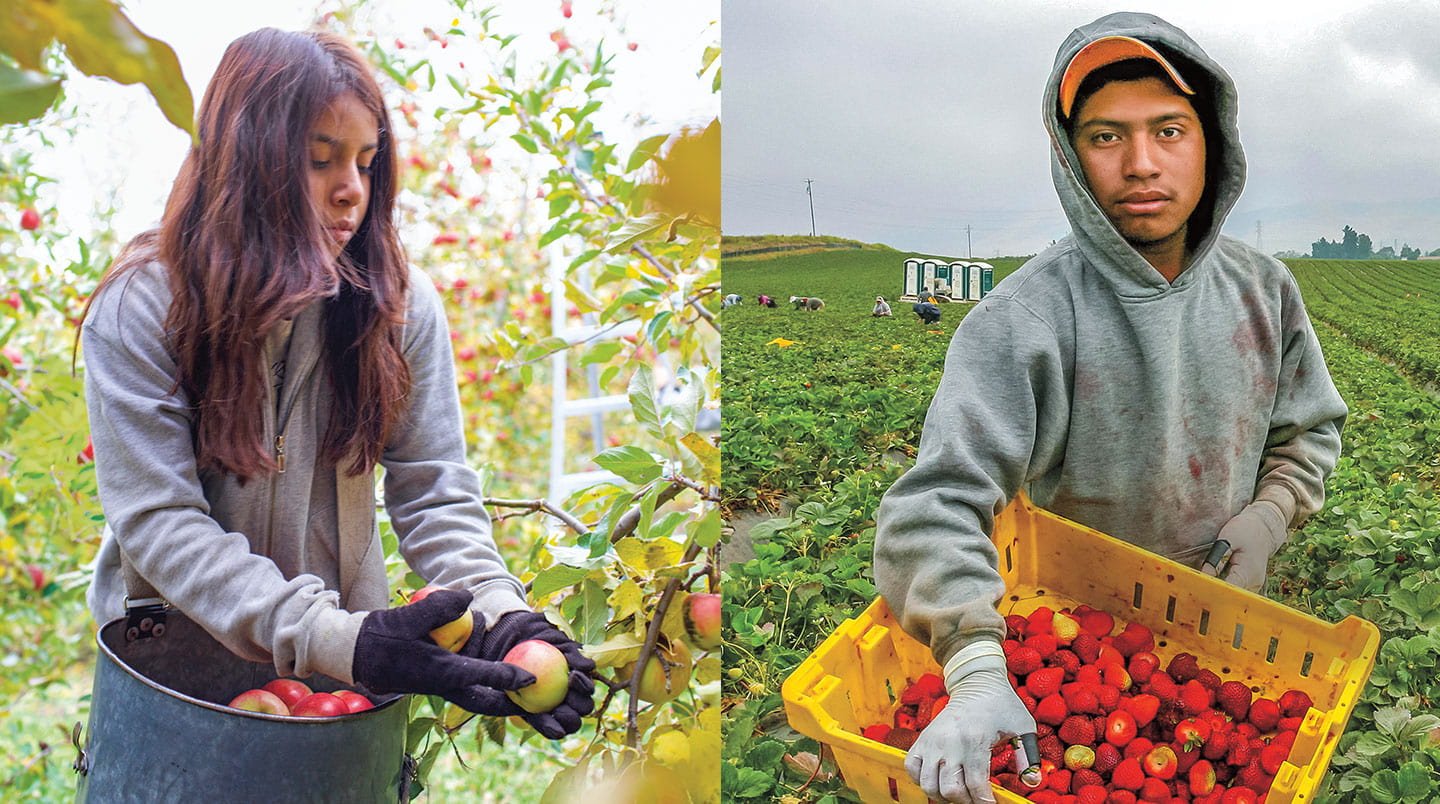©2018/Jerry Redfern
Reyes has been traveling from Texas to work on farms in Michigan since he was 9.
A few weeks before the end of the school year, Reyes*, then 15, got up at dawn and packed a bag with clothes, boots, and a raincoat. Then he set out on the 3-day, 1,600-mile trip from his home in Edinburg, Texas, to Hart, Michigan.
It was a journey he’d made every spring since he was 9—first with his family, then on his own. But instead of traveling to see friends or visit relatives, he was going to Michigan to work on a farm, earning money to help his family survive.
While there, Reyes did everything from clearing the land to harvesting asparagus. Many days, it was so hot in the endless rows of crops that after just a few minutes he was drenched in a thick layer of sweat and dirt. His fingers were constantly covered in blisters. He had rashes all over his legs. And his whole body ached.
But by the end of each summer, Reyes had earned a few thousand dollars—enough to help his family pay the bills and buy food, clothes, and other necessities for the coming year.
“Everybody has to pitch in,” says Reyes, now 17.
A few weeks before the end of the school year, Reyes*, then 15, got up at dawn. He packed a bag with clothes, boots, and a raincoat. Then he set out on a 3-day, 1,600-mile trip. He was traveling from his home in Edinburg, Texas, to Hart, Michigan.
It was a journey he had made every spring since he was 9. At first, he went with his family. Later, he went on his own. But Reyes was not traveling to see friends or visit relatives. He was going to Michigan to work on a farm. He did it to earn money to help his family survive.
While there, Reyes did everything from clearing the land to harvesting asparagus. Many days, it was very hot in the endless rows of crops. After just a few minutes, he was drenched in a thick layer of sweat and dirt. His fingers were constantly covered in blisters. He had rashes all over his legs. And his whole body ached.
But by the end of each summer, Reyes had earned a few thousand dollars. That was enough to help his family pay the bills and buy food, clothes, and other things they needed for the coming year.
“Everybody has to pitch in,” says Reyes, now 17.

